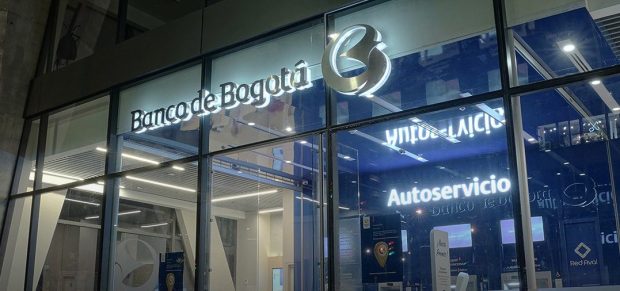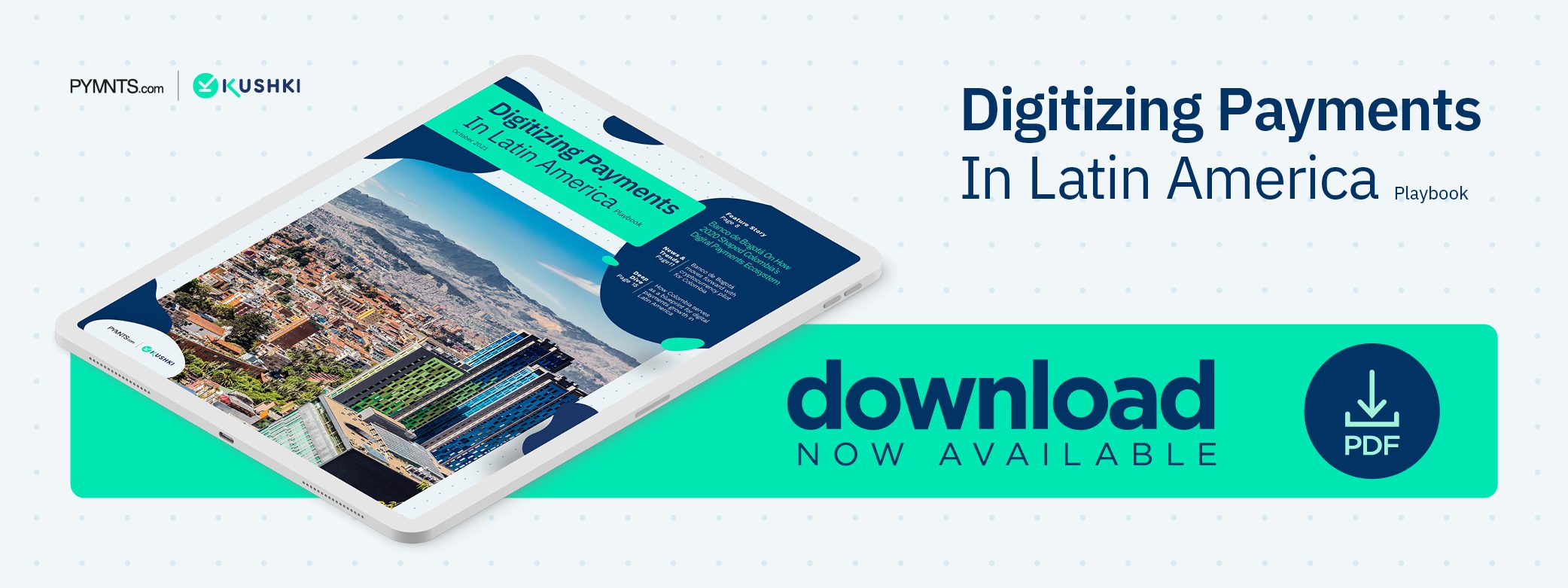Banco de Bogotá on How 2020 Shaped Colombia’s Digital Payments Ecosystem

The once cash-centric Colombian economy is undergoing a digital payments renaissance with consumers now choosing speed and convenience over old habits. In the latest Digitizing Payments in Latin America Playbook, Carlos Lindo, director of payment methods at Banco de Bogotá, explains how QR codes are helping Colombia’s smartphone-savvy population take the digital payments leap.
Cash has dominated the payments landscape in Latin America for decades, but 2020’s global health crisis swept the market and persuaded consumers, businesses and their financial partners to try out emerging digital payment methods in larger and larger figures.
The fallout also has weakened cash’s tight grip on the payments ecosystem in countries such as Colombia, where mobile-optimized payment solutions are rapidly becoming more popular, according to Carlos Lindo, director of payment methods for commercial financial institution (FI) Banco de Bogotá.
“In Colombia, payment needs and preferences have historically been characterized by being very stable and with a slow adoption speed [of new methods] by end users,” he explained. “However, the [financial] industry has been promoting new alternatives [since the start of the pandemic], giving a lot of push to eCommerce and contactless payments … and [changing] some [consumers’] preferences at the time of payment.”
Paying close attention to how Colombian consumers’ payment preferences have shifted in the past year — and what these and future shifts could mean for their relationships with merchants — should therefore be a top priority for businesses, payment providers and FIs serving the market. Figuring out how to meet consumers’ current needs and future expectations for payment speed and convenience will prove essential to staying competitive.
Why a Mobile Payments Age May Dawn in Colombia
Colombia’s digital ecosystem has grown rapidly since the start of the pandemic, when the initial shuttering of brick-and-mortar businesses and the establishment of social distancing practices compelled consumers to make more of their purchases online. eCommerce adoption skyrocketed, Lindo said, expanding by 25% and prompting a notable share of consumers in Colombia to use plastic credit and debit cards or bank transfers, not cash, to make their online purchases.
He also explained that a key element of consumers’ rising comfort with cards and other digital-first payment methods was Colombian consumers’ expanding use of digital channels, specifically those tailored to mobile devices, as mobile commerce began to prove itself especially popular within the market.
“[The year] 2020 accelerated the adoption of [digital] tools to pay and be paid,” Lindo said. “An example of this is the rapid adoption of mobile commerce, with double-digit growth. … This is due to [its adoption among] the digital-native generations and the need for social distancing, which helped to replace cash and make digital payments more and more [critical for] daily use — a trend that will [continue].”
Digital and mobile payment methods have not fully overtaken cash’s hold within Colombia, however. Eighty-five percent of purchases still have “the presence of cash,” Lindo explained, meaning this traditional method is very much still ubiquitous among consumers. Many Colombian adults remain unbanked — with some reports putting this figure at 54% — accounting for part of cash’s continued popularity and meaning that digital payments’ ability to continually expand may rely in part on improving financial services accessibility within the country.
Lindo noted that these payment realities could also help explain the region’s higher adoption of mobile payment solutions that work without users connecting to bank accounts. Touchless payment methods, such as mobile wallets or QR code-powered tools that infrequently require consumers to have traditional bank accounts, could soon experience significant adoption among Colombians.
Keeping an Eye on QR Codes
Consumers’ adoption of payment methods that are native to their smartphones or other mobile devices — and that allow them to remain outside the traditional financial ecosystem — is likely to continue. Lindo said that QR codes may be particularly well positioned to capture local consumers’ attention, putting pressure on merchants’ and businesses’ financial providers to accept those payments.
“There is no doubt that we are very close to seeing QR codes [supported by] most merchants, where anyone with any mobile [account] makes the payment by taking out their cell phone,” he said.
Paying close attention to how consumers’ payment wants and needs will continue to change in Colombia and the role digital and contactless payment methods will play now, and in the future, will therefore be crucial for merchants and payment players. Supporting such payment methods will likely be a critical step in empowering Colombian consumers to reduce cash’s ubiquity and pay with the fast, mobile, account-free methods they want to use.

